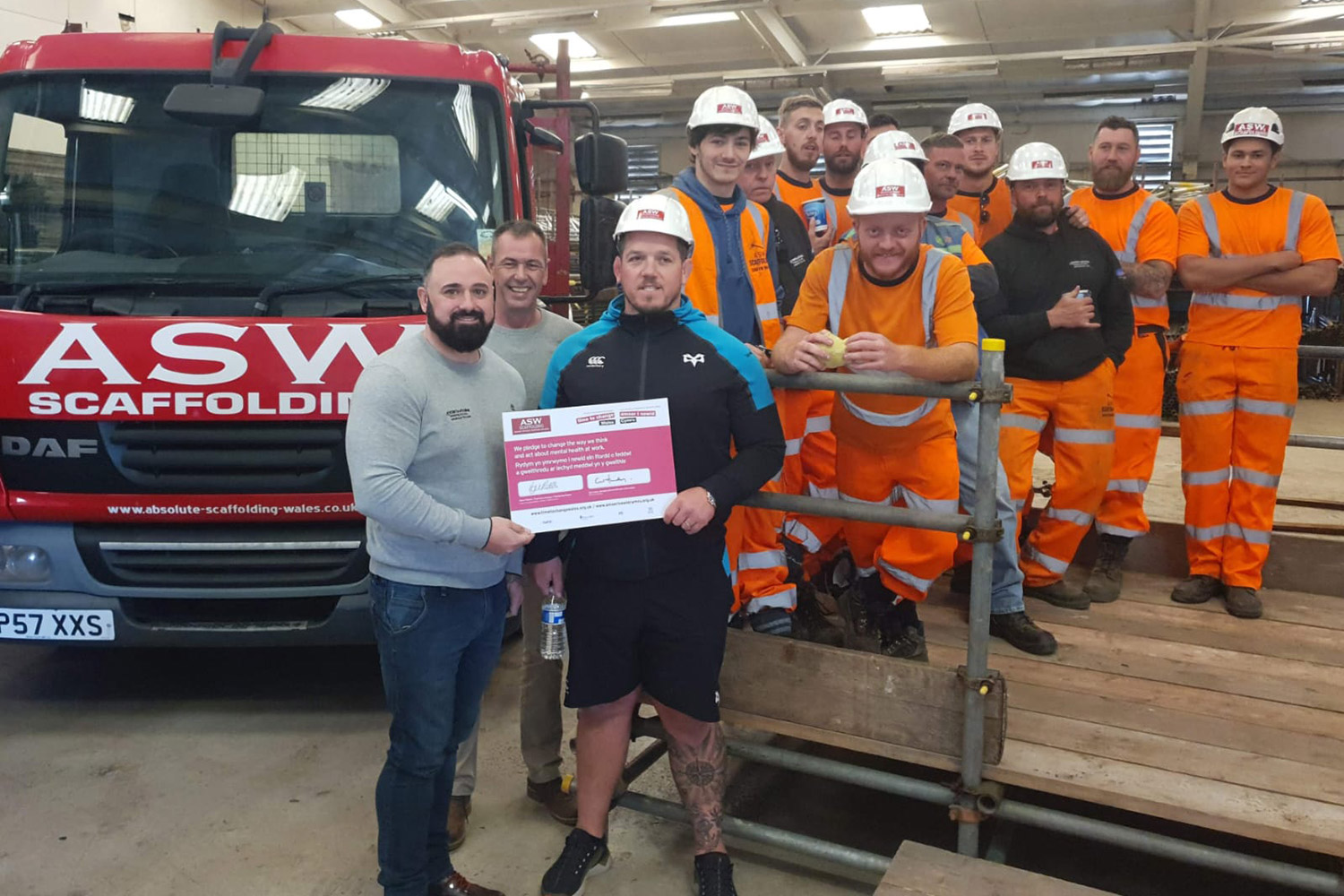Author: Bronwen Armor
The rise of the DIY press shot
‘They say’ a picture can paint a thousand words which is true if there’s time to stand and stare. In the context of press photography however, it needs to tell a story in a hundred words. It must be obvious as to the who, the what and the why.

What is a press shot?
Flick through a newspaper or magazine or scroll on a phone and our eyes are naturally drawn to a picture complete with caption. These visual prompts encourage us to read on, to find out more whilst adding colour and interest to an otherwise word heavy page.
Any PR who practiced before the noughties will remember booking and budgeting for specialist photographers. They would turn up with impressive SLR cameras and direct a shoot whether for a product launch or a group of nervous new members of staff.
The PR would select the best shot, post it with a hard copy of the press release (yes really), and invariably that shot would appear on the pages of a target publication, large and loud. And so the job of the PR was done.
Fast forward to the era of the smart phone and an image-led culture and we can be our own press photographers, but only if we know what we are doing.
Do you need one?
Before you start, ask yourself if the story warrants a picture and if it will add anything to the overall messaging. A prizegiving or launch event as well as new appointments are a ‘yes’ but if results of a survey or you’re announcing financial figures then it might not be a requirement.
Press shot etiquette
By following a few simple rules, it’s possible to create good press photographs, increasing your chances of an editor choosing to run your image alongside a press release.
Common mistakes include too many people in the shot, lined up and where faces are lost, along with the message.
Introducing a prop adds interest, which is often overlooked, as, visually, the image should tell a story.
Shooting using a landscape orientation is preferable too particularly when the image is then used online as it can fill the width of a screen, and to be pixel perfect, your camera needs to capture images in high enough resolution so that it can be printed, so at least 300 pixels per inch (ppi) aka dots per inch (dpi).
Good With Words are pretty great with images too which is why we spend time advising clients, working with photographers and even art directing shoots when needed. It is all part of creating the perfect story for your brand.